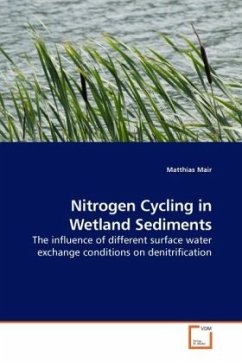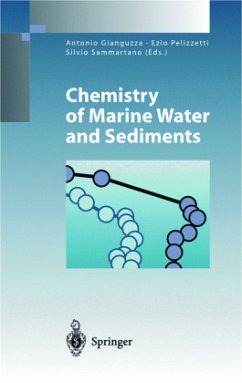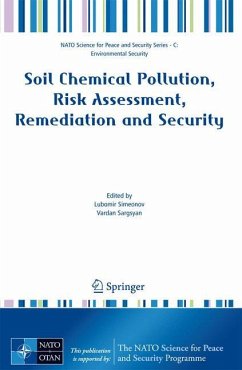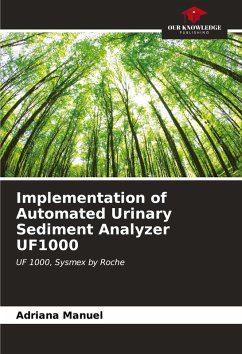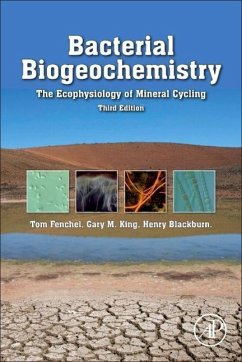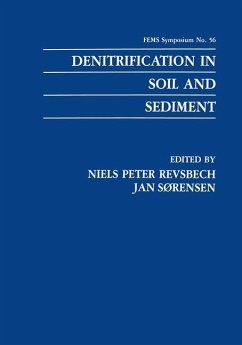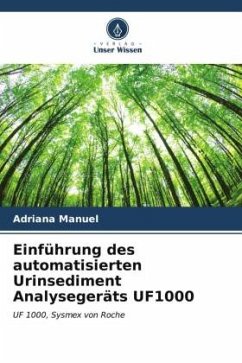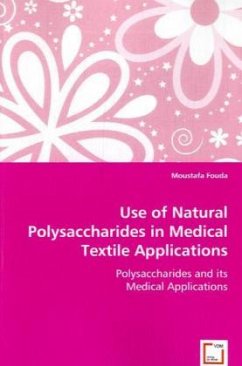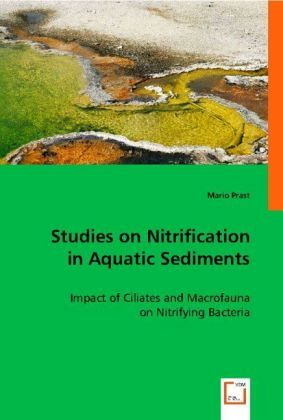
Studies on Nitrification in Aquatic Sediments
Impact of Ciliates and Macrofauna on Nitrifying Bacteria
Versandkostenfrei!
Versandfertig in 6-10 Tagen
39,99 €
inkl. MwSt.

PAYBACK Punkte
20 °P sammeln!
Nitrification is an important biogeochemical pathway in the oxic layer of aquatic sediments. The nitrifying bacteria accomplishing this process have been subject to numerous autecological studies before, but rarely they have been regarded as part of food webs, in which they have to compete with other organisms for nutrients and substrates and in which they are prey to other organisms. The impact of bacterial grazers, esp. ciliates, in marine and freshwater sediments was investigated. The effect of ciliates and an omnivorous polychaete was studied in laboratory flume experiments with natural se...
Nitrification is an important biogeochemical pathway in the oxic layer of aquatic sediments. The nitrifying bacteria accomplishing this process have been subject to numerous autecological studies before, but rarely they have been regarded as part of food webs, in which they have to compete with other organisms for nutrients and substrates and in which they are prey to other organisms. The impact of bacterial grazers, esp. ciliates, in marine and freshwater sediments was investigated. The effect of ciliates and an omnivorous polychaete was studied in laboratory flume experiments with natural sediments and in in vitro experiments. The results indicate that increased ciliate abundances led to higher abundances of nitrifying bacteria and nitrification rates. The presence of polychaetes led to changes in the community structure of nitrifying bacteria.An additional study reviewed the widely used settling method for the enrichment of fixed ciliate cells from plankton samples. Ciliate settling times were determined empirically and theoretical sinking velocities were calculated. The results revealed that the sinking velocity is much higher than assumed.



